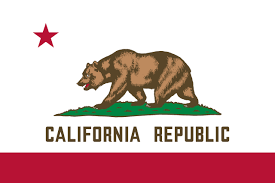CVC 22101: Turning Movements and Required Signals.
California Vehicle Code (CVC) Section 22101 outlines the rules and regulations regarding making proper turns while operating a motor vehicle on California roadways. This law is designed to ensure the safe and efficient flow of traffic by establishing specific procedures for turning at intersections and other locations. Here's an explanation of CVC 22101:
CVC 22101 - Turning Movements and Required Signals:
-
Proper Turns at Intersections (Subsection (a)):
- Subsection (a) of CVC 22101 states that a driver intending to turn at an intersection must do so in the manner prescribed by law. This means that drivers must adhere to the specific rules governing right turns, left turns, and U-turns at intersections.
-
Right Turns (Subsection (b)):
- Subsection (b) specifies the rules for making right turns at intersections. When turning right, drivers must approach the intersection in the right-hand lane, signal their intention to turn, and make the turn as close as practicable to the right-hand curb or edge of the roadway.
-
Left Turns (Subsection (c)):
- Subsection (c) outlines the rules for making left turns at intersections. When turning left, drivers must approach the intersection in the lane closest to the centerline, signal their intention to turn, and yield the right-of-way to oncoming traffic and pedestrians. Left turns should be made into the lane immediately adjacent to the centerline or, if multiple left-turn lanes are present, into the corresponding lane.
-
U-Turns (Subsection (d)):
- Subsection (d) addresses U-turns at intersections. U-turns are generally allowed unless posted signs indicate otherwise. However, drivers must make U-turns safely, without interfering with other traffic, and at locations where it is safe and legal to do so.
-
Failure to Comply (Subsection (e)):
- Subsection (e) highlights that failing to comply with the turning regulations outlined in CVC 22101 may result in traffic citations, fines, and potential legal consequences.

DontPayTickets.com
Fight Back California Traffic Violations and Tickets

